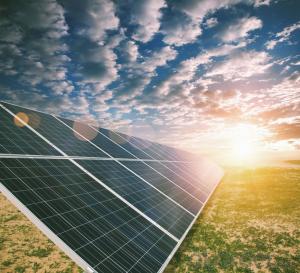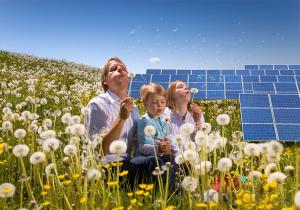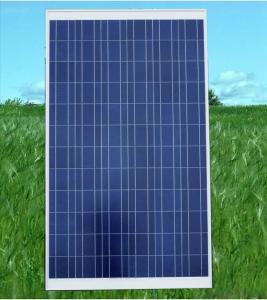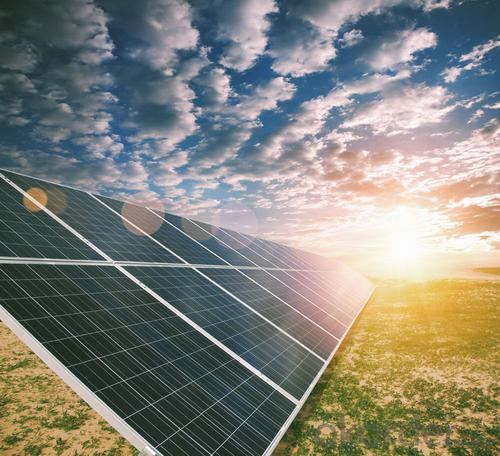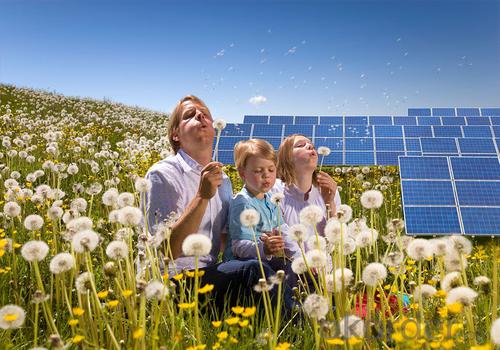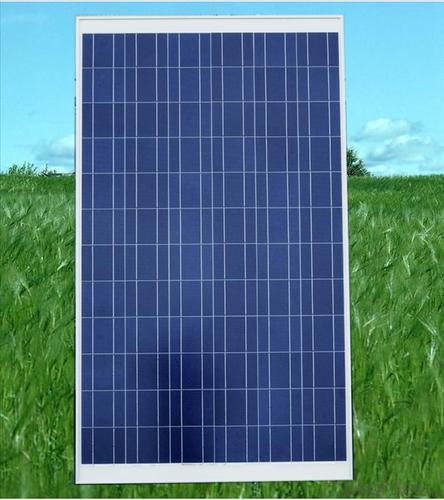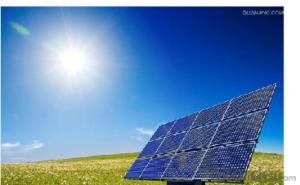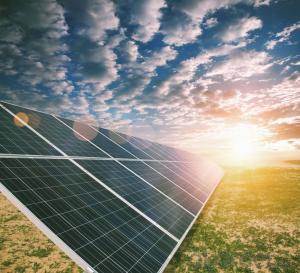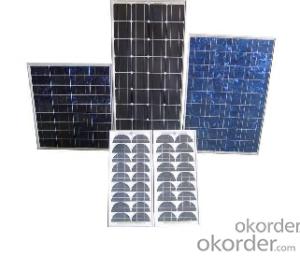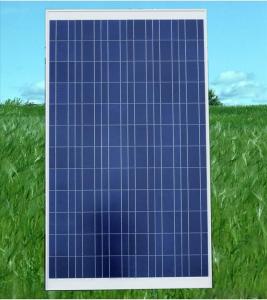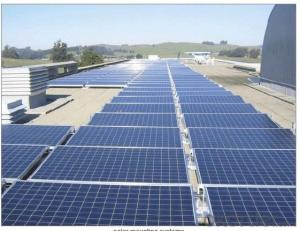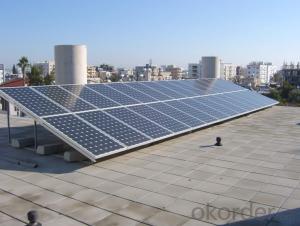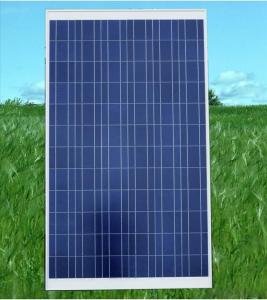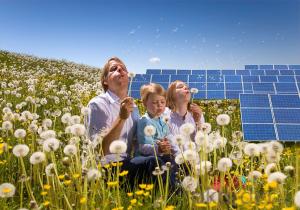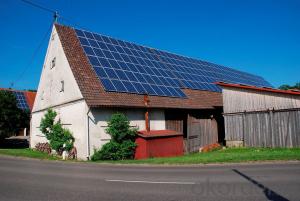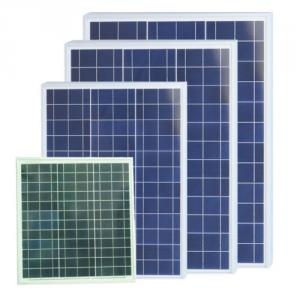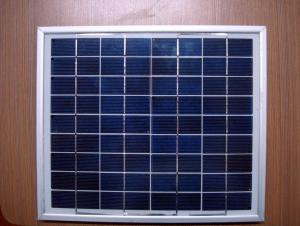315w Polycrystalline Silicon Solar Panels for Removing Leased Solar Panels
- Loading Port:
- Ningbo
- Payment Terms:
- TT OR LC
- Min Order Qty:
- 200000 watt
- Supply Capability:
- 20000000 watt/month
OKorder Service Pledge
OKorder Financial Service
You Might Also Like
About us
We are a high-tech group wich specializes in solar products design,research, manufacture, sales,solar projects design and installation.
Our present annual capacity is 6 million for wafer, 60MWp for solar cells,200MWp for solar modules and one hundred thousand for solar applications. It is expected that the annual capacity of 2012 will be up to 30 million for wafer, 300MWp for solar cells, 1000MW for solar modules and 2 million for solar applications.
Depends on various demands from different customers, CNBM could supply any kinds of service to meet you, please feel free to contact us at any time.
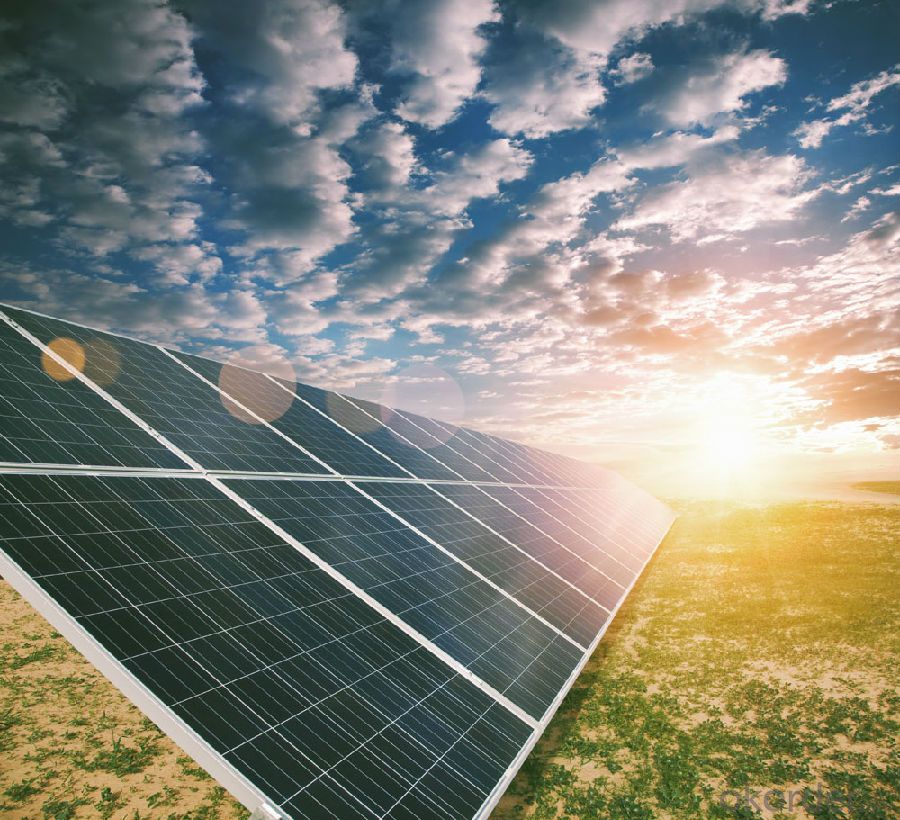
INTRODUCTION
This installation Manual contains essential information for the electrical and mechanical installation that your must know before installing CUSTOMER PV modules. This also contains safety information you need to be familiar with .All the information described in this manual are the intellectual property of CNBM and based on the technologies and experiences that have been acquired and accumulated in the long history of CUSTOMER. This document does not constitute a warranty, expressed or implied.
CUSTOMER does not assume responsibility and expressly disclaims liability for loss, damage, or expense arising out of in anyway connected with installation, operation, use or maintenance of the PV modules. No responsibility is assumed by CUSTOMER for any infringement of patents or other rights of third parties that may result from use of PV module.
CUSTOMER reserves the right to make changes to the product, specifications or installation manual without prior notice.
Data sheet
Maximum power | 315W |
Cell type(mm) | Polycrystalline solar cell 156*156 |
Number of cell(pcs) | 72(6*12) |
Manufacture site | China |
Open-circuit voltage(voc) | 45.1V |
Maximum power voltage(vmp) | 37.3V |
Short-circuit current(isc) | 8.88A |
Optimum operating current(imp) | 8.45A |
Power tolerance | 0~+5W |
Module efficiency | 16.2% |
Dimensions(mm) | 1956*992*40 |
Weight | 27 kg |
Backsheet | Silver |
Frame Colar | White |
Frame | Anodized Aluminum Alloy |
GENERAL INFORMATION
The installation of PV modules requires a great degree of skill and should only be performed by a qualified licensed professional, including licensed contractors and licensed electricians. Please be aware that there is a serious risk of various types of injury occurring during the installation including the risk of electric shock. All CUSTOMER modules are equipped with a permanently attached junction terminal box that will accept variety of wiring applications or with a special cable assembly for ease of installation, and they do not require assembly.
- Q: I am curious about how much of the energy that a solar panel of a given size and capacity will produce in it's lifetime, and what fraction of that energy was required to produce it in the first place?
- Best way to determine that is to find the retail cost of a solar panel and compare it to the retail cost of oil. Assuming similar profit margins a $300 solar panel costs the same to produce as 00 gallons of oil.
- Q: What materials are solar panels made of?
- Solar panels are typically made of silicon, which is a semiconductor material, along with other components such as metal frames, glass, and protective layers.
- Q: Can solar panels be damaged by hail or extreme weather?
- Yes, solar panels can be damaged by hail or extreme weather. Hail stones can cause cracks or dents in the panels, compromising their efficiency and potentially leading to water leakage. Additionally, extreme weather conditions such as hurricanes or strong winds can dislodge or break the panels, causing significant damage. It is important to consider the durability and quality of solar panels when installing them in areas prone to such weather events.
- Q: how much power is generated with solar panels? also please give me links for that information.and how much would the costs be for this alternative energy source?
- The amount of electrical energy (kWh) a kW grid connected solar PV system will generate on an average day (kWh/kWp.day). There are some factors that will determine just how much electricity you can create with solar panels for your property - The size of the system, the direction that your roof faces and the angle of the roof comes next. For optimum performance, your panels will need to be on a 35-degree angle, facing south.
- Q: where can i get some solar panels for a camper trailer
- I think this is what your looking for.. For future reference all I did was type in, Camper Solar Panel in google. If this is what you wanted please select me as the best answer.
- Q: I have four power packs for solar lights. They have 3 AA .2volt batteries of 2450 mAh capacity installed in series for a total supply voltage of 4 volt maximum for the lights. I want to charge all four packs at once off a single 6 volt solar panel. With the four packs wired in parallel, what capacity output (wattage) panel do I need to charge the batteries in an 8 hour day?
- Each battery pack has the equivalent of only 2450mAh capacity at 4 volts, so for 4 battery packs like that, a total capacity of 9800mAh. Assuming that the solar batteries have no charge left after being on all night, and that day charging time equals night discharging time, the theoretical wattage would be 9800mA times 6 volts = 59 watts. Of course, battery charging is not 00% efficient, so you need more wattage than that. Plus, solar panels are rated at peak output at midday, while at other times of day their output is less than rated. And, the charging in parallel isn't a good idea, because real batteries have different internal resistances, some batteries would become overcharged, while other packs wouldn't get the charge they need.
- Q: Can solar panels be used to power a camping trip?
- Yes, solar panels can be used to power a camping trip. They can generate electricity from sunlight and be used to charge portable devices such as smartphones, laptops, and even small appliances like fans or lights. This allows campers to have access to renewable energy while enjoying the outdoors.
- Q: i have a fountain system that has a small electric pump. its made to be close to a house but i want it across the driveway and i dont want to run electrical over there.is there a small solar panel that i can get fairly inexpensive to mount on a nearby tree and be able to plug the pump into it?
- You will need more than a small solar panel to run a pump continuously, unless you don't mind that the pump only comes on during the day while the sun is out. st you need to know what the power demands are of the pump in question. Not only do you need to know the rate of the power draw from the pump, but you will also have to calculate how much power the pump will draw from your solar system every day. You will have to factor in that the sun doesn't shine brightly every day, of course there's also night, so you will need a storage battery, charging system to go along with your solar panel. Now most pumps like the one you described are 20vac. Most solar panels, the batteries, the chargers are 2vdc. In order to get 20vac you will need an inverter. Once again, you will have to make sure that the inverter you get can handle the demands of the pump. A solar system that actually works for you takes some carefull planning, it's not something that you can just hang from a tree. None of what I just descibed will be inexpensive by my definition, so if it were me, I'd dig a trench across the driveway, install some direct bury cable on a GFCI circuit out of my main power panel save a bundle.
- Q: Does anyone own any and would you recommend them? right now i only own solar stake lights and i use them during the summer in my yard. But during the winter i take them out because they don't charge well. I live in toronto canada where it snows a lot during the winter, would it even be worth it to buy solar panels? Would they get covered with snow if the were mounted on my roof and get ruined? I plan on buying some when i purchase my own home.Any info would be appreciated:)
- Toronto would not be higth on my list of solar panel worthy locales. They are a bit pricey and are only cost effective in climates and locations with lots of direct sunlight. But if you could safely say you get direct light on your rood nearly every day, they could work. Wind turbines are getting better... especially omnidirectional dome type turbines. But again they are a bit costly, and work best if you believe you get direct wind for at least half the day. If your roof is reasonably flat and structurally sound, a solar hot water generator can be quite cost effective. Essentially it is a panel of corrugated metal under two thin transparencies of plastic. Water is pumped up to it and as it runs along the corrugation, the trapped heat under the plastic heats it up nicely. They are cheap to buy and easy to build and install, and will completely remove the need for a dedicated hot water heating system. Once again, it really depends on the precise location and construction of your house. Do a search for solar heat in your area. If it is cost effective, someone will be offering...
- Q: How do you know when it is a good deal to buy a solar panel. For example, what is a good cost per watt, how many volts should I expect, etc.
- first okorder / example: house roof is 20' x 20' 20' = 240, so sq. inches of roof is = 57,600 say rain fall for your area is 3 per month on average. 57,600 x 3 = 72,800 of rain collected. Using the conversion chart link above, that many cubic inches of water = 750 gallons of water free per month. Look at your water bill and see how much you use. Solar panels take on average 2-20 yrs to pay themselves off, just in time for them to be replaced. Paddle wheels go on for just about forever. We still find large paddle wheel mills in the USA that are over 200 yrs old, and still functioning.
Send your message to us
315w Polycrystalline Silicon Solar Panels for Removing Leased Solar Panels
- Loading Port:
- Ningbo
- Payment Terms:
- TT OR LC
- Min Order Qty:
- 200000 watt
- Supply Capability:
- 20000000 watt/month
OKorder Service Pledge
OKorder Financial Service
Similar products
Hot products
Hot Searches
Related keywords
